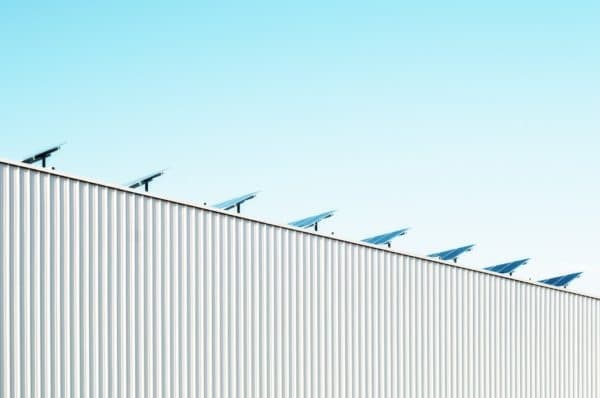How To Read Your Electricity Meter - Energy Tips From Billy Explores

How to Read Your Electricity Meter
Although you may think you’ll never have a need to know what’s going on inside your electricity box, think again. There will come a time when you need to find out how to read your electricity meter number. There may even be a time when you want to check how your usage is tracking for the current billing period.
While they may look like some kind of mining instrument from colonial times, they’re not as difficult to work out. There’s four different types:
- Clock face meters
- Odometer displays, also known as Electricity Cyclonic Dial Meters
- Electronic meters
- Smart Meters
The type of meter you have will impact exactly how to read your electricity meter. We will cover each type within this article.
Clock Face Electricity Meters
If you open the electricity box, you’ll find several small clock faces. But watch out, they’re not all the same. Curiously, each clock face runs in a different direction, so if the first one goes clockwise, the one next to it will run anti-clockwise. We lost the reasons for this around the turn of century when their inventor sadly passed away on a journey across the sea to discover new lands, but trust us, they still work.
These complicated looking displays are actually pretty easy to read once you know how. For example, if the hand on the first clock is between 3 and 4, the first number of your reading is 3. Now go to the second clock, running the opposite way. If the hand is between the 7 and 8, the second number of your reading is 7. And so-on until you have a full meter reading. This is how you read your electricity meter if you have a clock face meter
To accurately work out the usage for your current billing period, just grab your last bill and check the reading. Subtract it from the reading you’ve just taken from the clock face electricity meter and you’ll have your energy use for the current period. If you’re on a fixed-rate that charges you per kWh (kilowatts per hour), you can multiply that by your current usage and get an idea of what your next bill might be. Many energy providers actually allow you to enter the details from your meter onto their website. Here, they will provide you with an approximate energy cost.
Aside from the readings, there should be a decent sized metal plate with a serial number on there. You’ll need this when using any of the providers’ web-based calculators.
Odometer Electricity Meters
These displays are also known as Electricity Cyclonic Dial Meters. They are pretty common in homes around Australia and are easier to work out than the clock face meters. This one shows you the kWh in a format we’re all pretty familiar with – it looks like a car odometer.
There’s a variable with these meters however, as some types of cyclonic dial meters will actually have two readings. This is because they can measure usage in peak and controlled load usage periods. If you find one of these, it’s likely you will need both readings when using an energy provider’s online service to estimate your next bill. Like clock face meters, these odometer displays will also have the serial number clearly displayed. So you can generally find it easily.
Electronic Meters
When trying to work out how to read your electricity meter, electronic/digital meters look more advanced than older meters. This is great, but for those of us who aren’t particularly tech-savvy, it also gives us more opportunities to mess things up and get the information confused. Most digital meters will have a button you can press to cycle through different information. You will be able to see this on the small screen in front of you. There’s usually a guide for how to interpret all the different information so take some time to understand what you’re actually cycling through.
These electricity meters can provide information about the usage. This includes use in peak, or controlled load usage periods, and also the amount of solar usage if applicable.
Smart Meters
Smart Meters are also known as interval meters, mainly because they can read your household’s energy use in 15-30 minute intervals. They can’t be read manually, however you can request the data from your service provider. By getting a more accurate information of WHEN you’re using the most power, you might be able to work out what is costing you the most and allow you to cut down your usage in certain ways.
Smart Meters aren’t available in every state. However, some providers will use them to feed information into their own apps which allow you to track usage. You can read more about Smart Meters, and ask your electricity provider if you have any questions about their use.
Billy Explores doesn’t just compare the best gas and electricity plans in Australia for your requirements that are available from our panel of providers, he also finds time to write some handy hints to help you understand the energy industry a little bit better. Now that you know how to read your electricity meter, check out Billy’s other articles full of great energy saving tips.